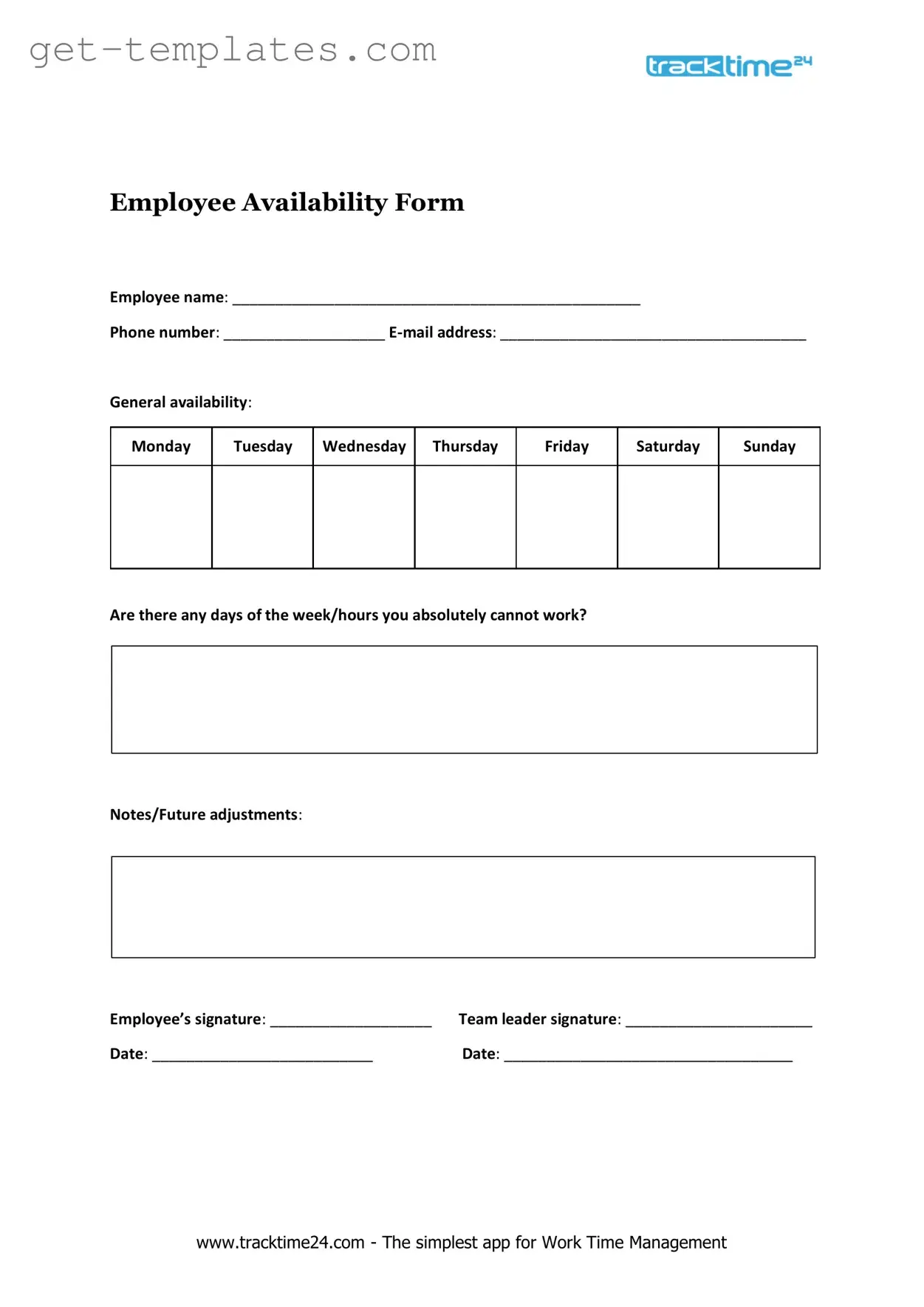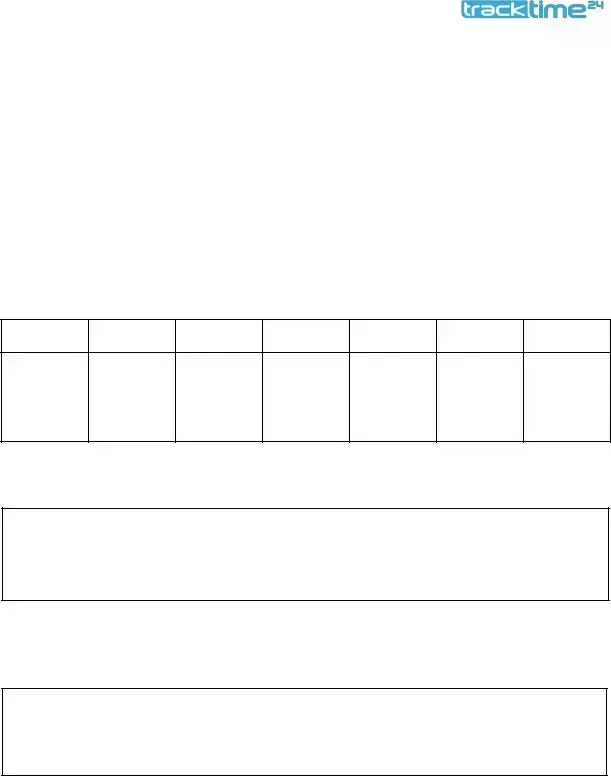The Employee Availability form is a document that allows employees to communicate their preferred working hours and days. It helps employers understand when employees are available to work, ensuring better scheduling and coverage.
Filling out the Employee Availability form is important for both employees and employers. It allows you to express your availability, which can help avoid scheduling conflicts. For employers, it aids in creating a more efficient work schedule that aligns with employee preferences.
You can typically access the form through your company's HR portal or by requesting it from your supervisor or HR representative. If you're unsure, ask your manager for guidance on how to obtain the form.
The form usually requires basic information such as:
-
Your name
-
Your job title
-
Your preferred working hours
-
Days you are available
-
Any specific requests or notes
Be as clear and detailed as possible to help your employer understand your availability.
Yes, you can change your availability. If your circumstances change, inform your supervisor or HR department as soon as possible. They may ask you to fill out a new form or update your existing submission.
What if I have a flexible schedule?
If you have a flexible schedule, indicate that on the form. Specify the hours and days that work best for you, even if they vary. This will help your employer understand your availability while accommodating your needs.
It is advisable to submit the form whenever there is a significant change in your availability. This could be due to personal commitments, changes in your work-life balance, or other factors. Regular updates help maintain clear communication.
If you do not submit the form, your employer may schedule you based on assumptions or past availability. This could lead to conflicts or dissatisfaction with your schedule. It is in your best interest to provide your availability to ensure a better fit for your work hours.
If you have questions about the Employee Availability form, reach out to your supervisor or the HR department. They can provide clarity on how to fill it out and address any concerns you may have.

